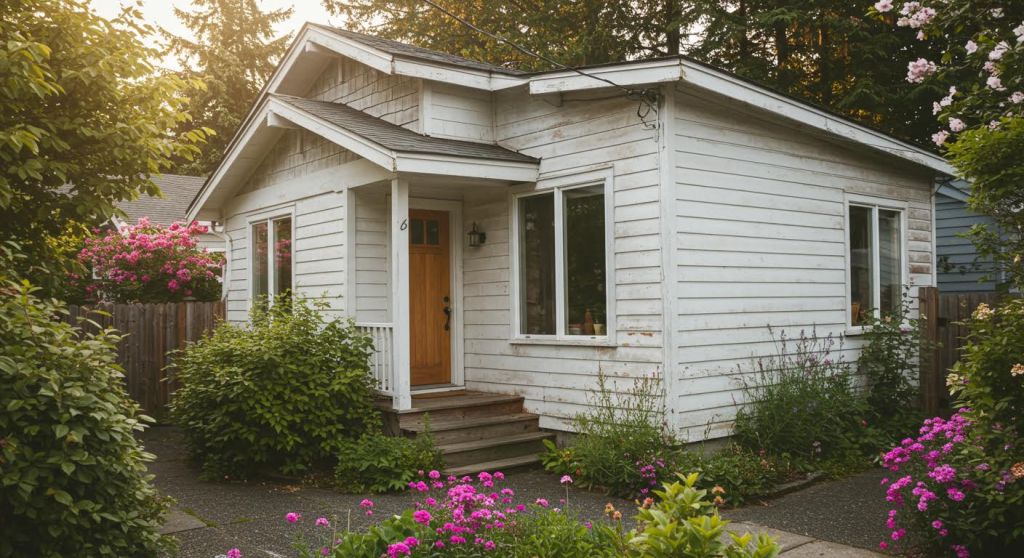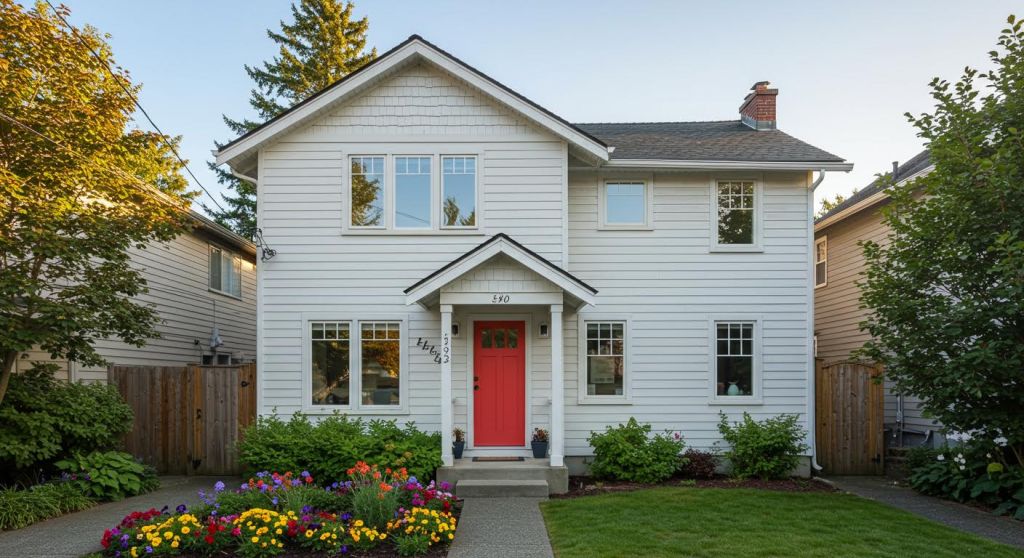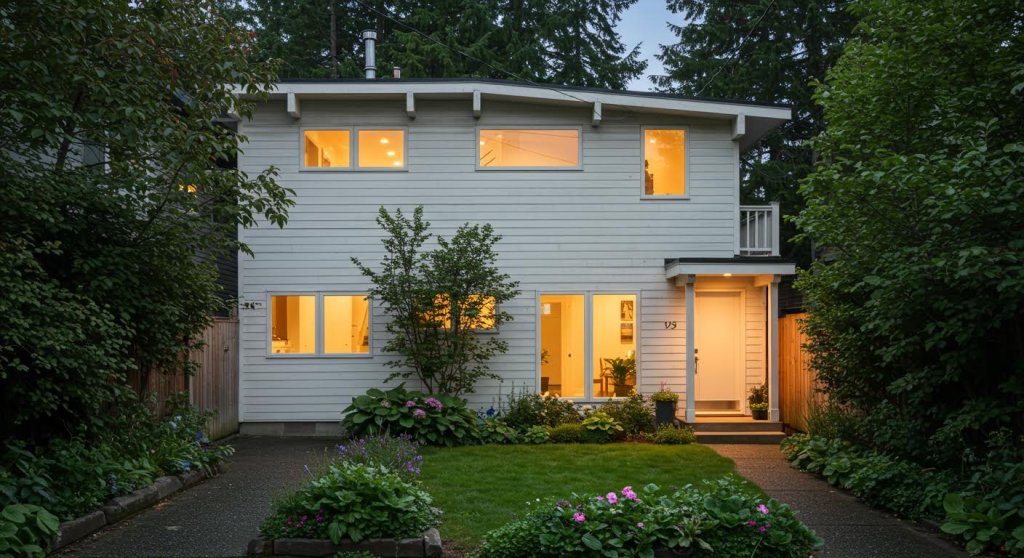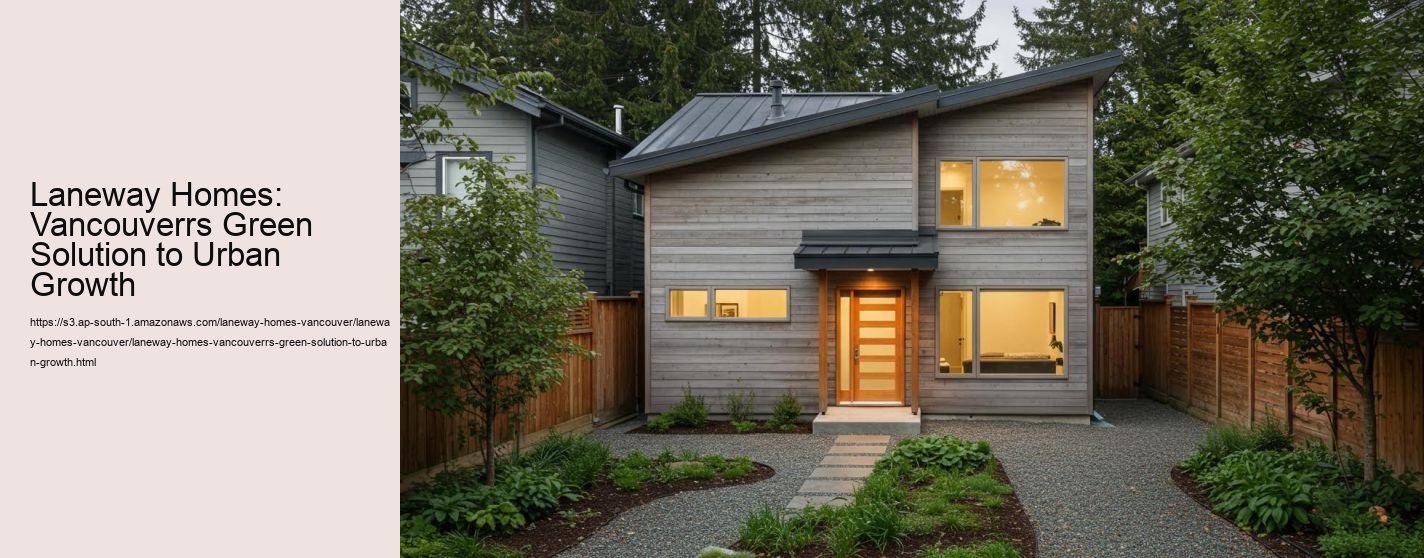Picking the Right Materials for Resilience and Aesthetics
When creating the excellent laneway home in Vancouver, selecting the appropriate materials is crucial for attaining both longevity and aesthetics. The Top Vancouver Neighborhoods for Laneway House Development . A laneway home is a financial investment, and the materials you pick will not only figure out just how well it weathers the aspects in time yet also exactly how aesthetically appealing it is to those who live in or go by it. award-winning laneway homes Vancouver Striking the best balance in between these two elements is vital to producing a space that is both practical and gorgeous.
Longevity is especially vital in Vancouver, where the environment can be tough. The city experiences significant rains, periodic snow, and rising and fall temperature levels, every one of which can take a toll on structure products. For the outside, products such as fiber cement siding, metal cladding, and dealt with timber are exceptional selections since they can withstand moisture and withstand warping over time. Roof covering products like steel or composite roof shingles are additionally optimal as they give long-lasting defense against rainfall and possible leaks. Investing in resilient materials upfront might feature a greater price, but it inevitably conserves cash by minimizing repair and maintenance expenses in the long run.
Visual appeals, on the various other hand, play a critical duty in guaranteeing that your laneway home really feels welcoming and matches its environments. Vancouver is recognized for its modern and West Coast-inspired style, which frequently incorporates natural materials and clean lines. Choosing wood accents, such as cedar or reclaimed wood, can add warmth and character to the home, while huge home windows or glass features can develop a feeling of openness and link to the outdoors. Neutral color palettes, like soft greys, whites, and earth tones, tend to function well in Vancouver's metropolitan and all-natural landscapes, using an ageless and innovative appearance.
It's likewise worth considering just how longevity and aesthetics intersect. For instance, engineered wood or composite materials can mimic the appeal of all-natural timber while providing greater resistance to weathering. In a similar way, contemporary steel surfaces can create a sleek and modern appearance while being rust-resistant and highly durable. By blending useful materials with design-conscious components, you can make sure that your laneway home continues to be aesthetically appealing and structurally seem for many years to come.
Eventually, the products you choose for your Vancouver laneway home must show your top priorities and the home's purpose. Whether you're designing it as a rental residential or commercial property, an area for family, or a personal resort, the ideal mix of resilient and visually pleasing products will certainly produce a home that stands the test of time-- both in type and function. Thoughtful material option not only improves the longevity of the structure yet additionally adds

Taking Full Advantage Of All-natural Light and Air Flow
Optimizing natural light and ventilation is a foundation of designing the excellent laneway home in Vancouver. These compact residences prosper on clever design to ensure they feel open, airy, and comfortable, regardless of their smaller footprint. By focusing on all-natural light and airflow, you can produce a room that really feels larger, more inviting, and energy-efficient.
To start with, the alignment of the home plays an essential duty in optimizing natural light. Placing your house to make use of Vancouver's sunshine patterns can make a significant difference. South-facing home windows, as an example, enable maximum sunlight throughout the day, developing a cozy and bright interior. In a similar way, purposefully positioned skylights can flood the home with light, specifically in areas like kitchens and bathrooms where natural light is usually minimal. Large home windows and glass doors, when attentively located, can further improve the sense of openness while connecting the inside your home with the outdoors.
Air flow is similarly essential in a laneway home, as fresh air flow directly affects convenience and air high quality. Cross-ventilation is a reliable strategy to accomplish this. By putting home windows and openings on contrary sides of your home, air can flow naturally through the area, decreasing the need for mechanical air flow. Operable home windows, louvered vents, and even gliding doors can aid motivate air flow, keeping the home cool in summer season and enhancing overall convenience year-round.
An additional essential aspect of style is including multifunctional spaces and open formats that urge light and air to move freely. Staying clear of obstacles like unneeded wall surfaces can aid light traveling deeper into the home, while lighter shade palettes for wall surfaces and surfaces show light, intensifying its result. Attentively designed outside areas, such as patios or yards, can additionally extend the living space and rise accessibility to fresh air and all-natural light.

Ultimately, it's worth considering sustainable services, such as energy-efficient windows and easy ventilation systems, to reduce energy consumption while preserving a comfy living setting.
Laneway Homes: Vancouverrs Green Solution to Urban Growth - small laneway home design Vancouver that makes 800 square feet feel like a palace.
- laneway home feasibility study Vancouver
- secondary suite builders Vancouver
Finally, maximizing all-natural light and ventilation is necessary to creating a laneway home in Vancouver that feels sizable, lasting, and inviting. By taking note of alignment, home window placement, air movement, and layout components that improve openness, you can create a lovely and useful room that fits flawlessly right into Vancouver's city landscape. This thoughtful technique ensures that your laneway home is not just functional yet likewise a delight to live in.
Including Lasting and Energy-Efficient Functions
Incorporating lasting and energy-efficient features into the style of a laneway home in Vancouver is not simply a pattern however a requirement. With increasing power costs, ecological concerns, and the city's commitment to sustainability, developing a home that is both green and reliable is a sensible and accountable choice. These homes, commonly small and useful, offer an excellent chance to embrace cutting-edge style approaches that lower environmental influence while enhancing convenience and livability.

To start with, power effectiveness can be achieved with thoughtful building positioning and insulation. Positioning the home to take full advantage of all-natural light decreases the need for artificial lighting throughout the day, while top quality insulation assists maintain indoor temperature levels with minimal heating or air conditioning. Energy-efficient windows and doors better improve this by preventing warmth loss in the winter months and keeping the interior cool in the summer.
Including renewable resource resources, such as solar panels, is an additional method to make a laneway home lasting. Vancouver's environment, while not always sunny, still offers enough sunlight to make solar energy a viable choice. Photovoltaic panel can power illumination, home heating, and appliances, decreasing reliance on nonrenewable power resources and reducing energy expenses in time. Matching solar power with energy-efficient appliances, such as low-flow water components and LED lights, develops an effective mix that lessens power intake.
Water conservation is likewise an essential consideration. Mounting rainwater harvesting systems and greywater recycling can significantly decrease water usage. Recording rainwater for exterior watering or other non-potable uses is an eco-friendly method to make the most of Vancouver's regular rainfall. Likewise, utilizing drought-resistant landscaping around the home can better lower water need.
Sustainable materials play an essential function in environment-friendly layout. Opting for in your area sourced, reused, or renewable products, such as recovered wood or bamboo, not just sustains the local economic situation yet also reduces the carbon impact related to transporting products. In addition, using non-toxic paints and surfaces inside the home contributes to healthier interior air high quality.
Green roofs and living wall surfaces are one more cutting-edge way to include sustainability into a laneway home. These functions enhance insulation, minimize stormwater runoff, and enhance biodiversity by supplying habitats for regional wildlife. They also include aesthetic value, mixing the home effortlessly with the surrounding atmosphere.
Lastly, smart home technology can be integrated to optimize power use. Smart thermostats, automated lighting systems, and energy surveillance devices enable home owners to closely track and regulate their power intake, making certain that no sources are thrown away.
Designing the perfect laneway home in Vancouver implies stabilizing functionality, aesthetics
Navigating Vancouvers Zoning and Structure Rules
Designing the ideal laneway home in Vancouver is an exciting possibility to develop a functional, fashionable, and effective living space. Nevertheless, browsing Vancouvers zoning and structure guidelines can be an overwhelming task for many homeowners. These policies remain in area to ensure that new buildings line up with the city's long-term objectives of sustainability, livability, and thickness management. By understanding these standards and functioning within their structure, you can turn your vision of a laneway home into truth.
First, it is very important to acquaint on your own with Vancouver's zoning bylaws. Laneway homes, also called accessory home units (ADUs), are permitted on great deals that fulfill certain requirements under RS-1 and RS-5 zoning districts, among others. Typically, your lot must be at the very least 33 feet wide and have access to a back lane or an open space where the laneway home can be constructed. The city's zoning regulations also dictate the optimum allowable size and height of a laneway home. For example, the total flooring location is normally capped at 900 square feet, relying on the dimension of your building. These restrictions are created to ensure that the laneway home stays additional to the primary home and fits flawlessly into the neighborhood.
Structure regulations are an additional vital factor. Vancouvers constructing codes stress safety and security, sustainability, and power performance. Your laneway home has to fulfill particular criteria for fire safety and security, insulation, pipes, and electric systems. In addition, the city has ambitious environment-friendly building policies, such as the Eco-friendly Buildings Plan for Rezoning, which motivate using energy-efficient products, low-carbon layouts, and lasting building approaches. Integrating these components not just ensures conformity but additionally makes your laneway home a lot more environmentally friendly and economical in the long run.
Laneway Homes: Vancouverrs Green Solution to Urban Growth - small laneway home design Vancouver that makes 800 square feet feel like a palace.
- laneway home development Vancouver BC where your property gets the glow-up it deserves.
- Vancouver backyard home builders
Parking needs are an additional location to think about. While Vancouver has relieved some vehicle parking policies to urge the building of laneway homes, you'll still require to offer at the very least one on-site garage in many cases. The design of the parking area should additionally comply with city standards to make sure accessibility and marginal disturbance to the surrounding location.
To improve the process, it's a good concept to collaborate with experts who understand Vancouvers zoning and developing policies. Engineers, designers, and builders experienced in laneway real estate can aid you browse the intricacies of permits, inspections, and authorizations. They'll additionally guarantee your style makes best use of the available room while sticking to all laws.
Laneway Homes: Vancouverrs Green Solution to Urban Growth - award-winning laneway homes Vancouver
- Vancouver infill development laneway homes that make density look downright dreamy.
- Vancouver coach house experts who believe your home’s best space might still be unbuilt.
- family-friendly laneway homes Vancouver
- laneway home market Vancouver
Finally, take into consideration the more comprehensive context of your laneway home. Think of exactly how it will match your primary home, in shape
